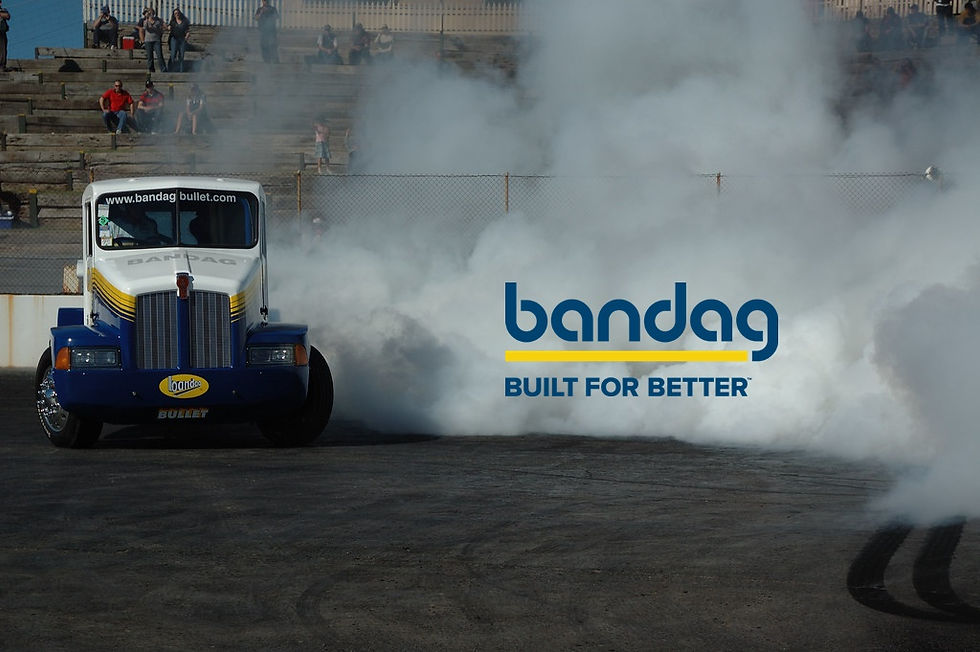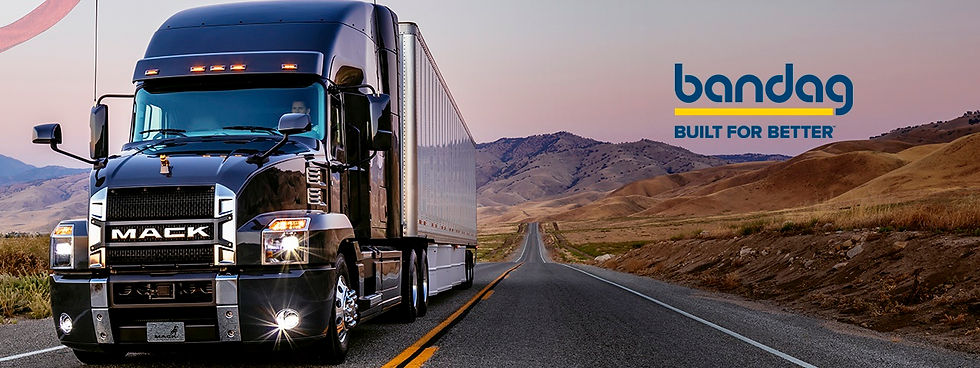

Retread Tyres, New Tyres, Tyre Repairs,Fleet Solutions,Training




EAST LONDON
Eastern Cape South Africa

Retreading may not guarantee financial success, but it will lower your costs and improve your bottom line.
Imagine the frustration of a retread tyre vendor. He or she has proven money-saving products, yet there are people the industry that won’t even look at them because of a bad experience they had 20 years ago with maybe a poor quality and probably poorly maintained retreaded tyre.
In todays economy Fleets owners constantly try to optimize uptime and reliability as well as the best possible operating expense so they can be as competitive as possible in the marketplace.
Bandag Retreads allow them to do that in the right application.
The reliability and value of retreads are no longer in question.
But despite success stories, some misconceptions about retreads still exist. These myths are often based on a bad experience, and sometimes severely outdated, information.
In the past, there might have been a perception among some fleets that retreads are ‘low-quality’ options, but today Retreads are more technically advanced than ever, and that goes for both tread rubber compounds and the retreading process itself.
Retreaders can’t do much about the casings they have to work with, but, according to Guy Walenga, Bridgestone’s director of engineering for commercial products and technologies, rubber compounding is where the magic is today.
“When we’re building a new tyre, we’re using maybe 14 different compounds together, and that has to be molded and cured, and comes out as a viable tyre,” Walenga says. “With retreads, you’re able to isolate just the tread and just its performance requirements, so you can use different compounds to get similar performance. There is also a different set of technical specifications required for compounds on a retread versus compounds that need to blend overall on a new tyre.”
And the other advantage to a retreaded low-rolling-resistance tyre is the tread tends to be a couple of 32nd’s shallower than a comparable new tyre.
“That’s gives you a bit of an advantage right from day one,” Walenga notes. “The tread may look the same; for example, our Ecopia M835 has the identical tread pattern as the Bandag B835, but the compounding will be different. Along with the shallower tread, you’re going to see improved fuel economy sooner than with the thicker tread on a new tyre.”